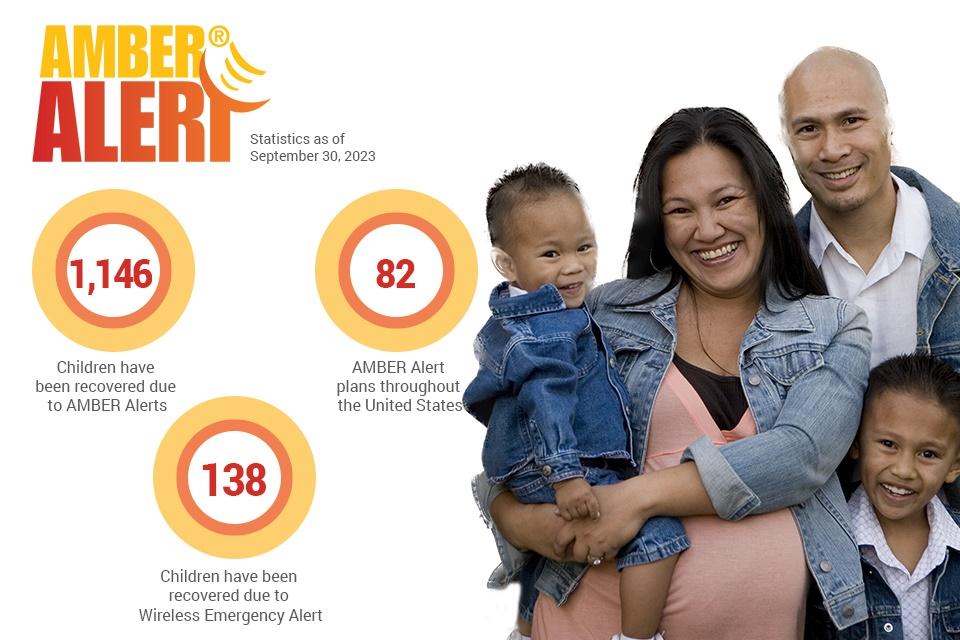A Critical Tool for Child Safety
Every parent’s worst nightmare is the thought of their child going missing. In situations where time is of the essence, rapid dissemination of information can mean the difference between life and death. That’s where the Amber Alert system comes into play. Since its inception in Canada in 2002, the Amber Alert program has been a vital resource for law enforcement and communities, designed to notify the public of abducted children swiftly.
How Amber Alerts Work
When a child is reported missing and believed to be in imminent danger, law enforcement can issue an Amber Alert. This alert triggers immediate notifications via radio and television broadcasts, highway signs, and mobile notifications. The criteria for an Amber Alert include the child’s age (usually under 18), a belief that the child has been abducted, and sufficient descriptive information about the child, abductor, and their vehicle.
Effectiveness and Statistics
While the efficacy of the Amber Alert system has been hotly debated, recent statistics reveal an encouraging picture. According to the Canadian Children’s Foundation, 29 children were successfully recovered in 2022 due to Amber Alerts. However, the system is not without its critics. Last year, several alerts were issued for cases that ultimately turned out to be misunderstanding or parental disputes, leading some community members to express alert fatigue on social media.
Public Sentiment and Criticism
The response to Amber Alerts can be polarizing. While many understand the importance of immediate action, some individuals find the late-night notifications intrusive. A Harris Poll conducted earlier this year showed that 63% of Canadians support the Amber Alert system, while 35% said they find the alerts disruptive. In the age of social media, where the rapid sharing of information is commonplace, critics argue that continuous false alarms may lead to public desensitization.
Expert Opinions
“Amber Alerts serve as an essential bridge between law enforcement and the public,” explains Susan Wieder, a child safety advocate. “The more eyes we have on the lookout for a missing child, the better the chances of a successful recovery.” Wieder emphasizes that while false alarms are disheartening, each alert represents a potential life saved and should not deter the system’s use.
Looking Ahead
As technology advances, so does the evolution of the Amber Alert system in Canada. New innovations like geolocation services and improved mobile notifications have the potential to enhance its effectiveness further. However, with looming concerns about public reception, it remains crucial for law enforcement agencies to strike a balance between urgency and community sentiment. Moving forward, a collaborative approach involving community feedback may refine the system, ensuring that Amber Alerts continue to save lives without overwhelming the public.

